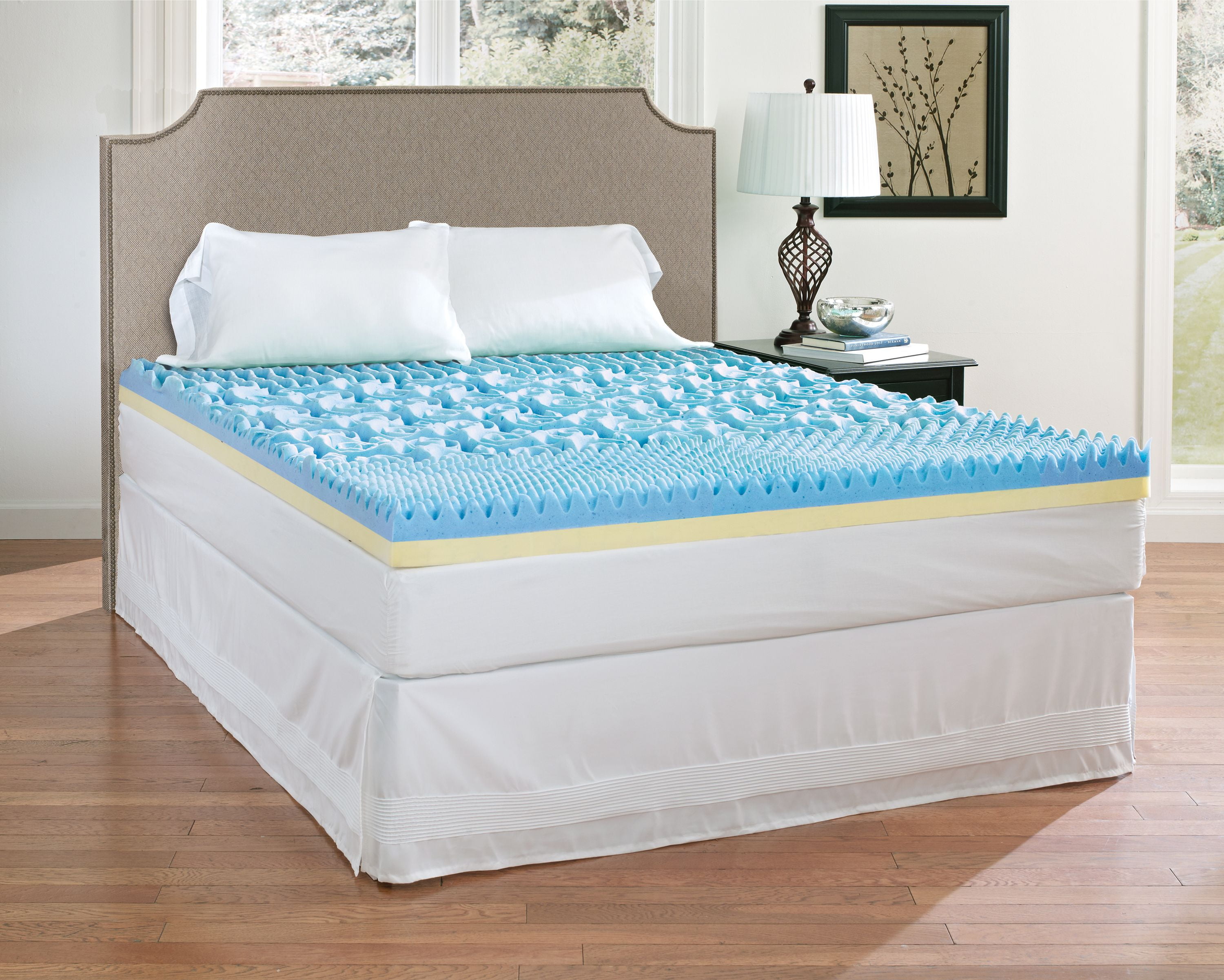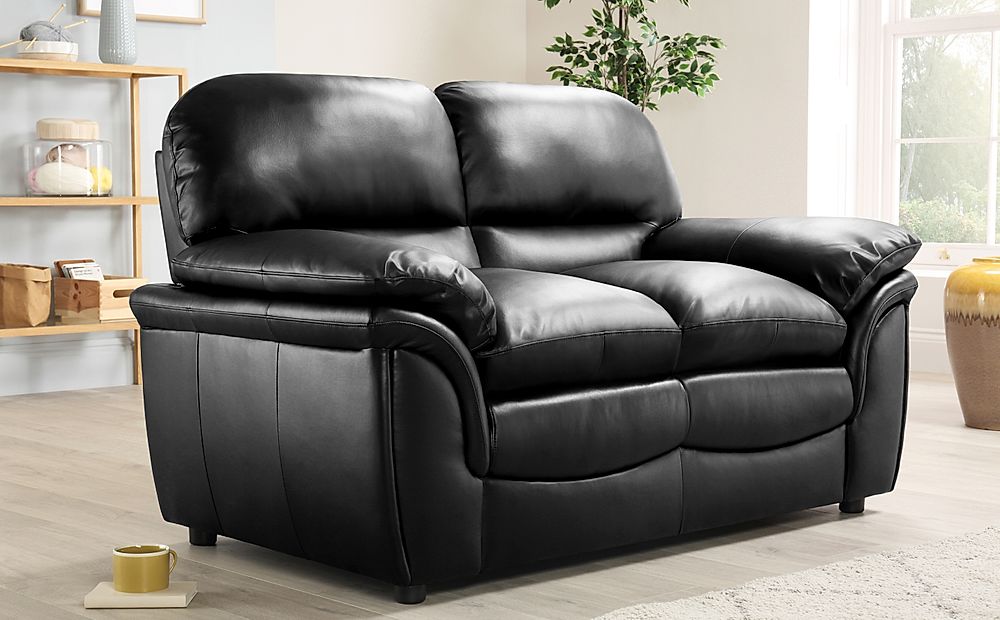Professional Kitchen Layout
In the world of the culinary arts, having an efficient kitchen is essential. The kitchen layout should include enough room to maneuver, allowing easy access to all the necessary cooking tools. Even the most experienced chefs need to have a kitchen that’s designed to maximize the space available. Utilizing countertops and tables, developing points of communication, and organizing drawers and cabinets to make storage more accessible are all essential components of a professional kitchen layout.
Organizing Kitchen Cabinets and Drawers
Organizing kitchen cabinets and drawers can be a challenge because each chef has different needs. Knowing where everything goes will streamline the meal preparation process and make it easier to find items when needed. Utilizing drawer dividers to separate utensils and supplies can also help keep the kitchen cabinets and drawers organized. Cabinets can also be organized by type of item, such as cookware, dishes, baking supplies, spices, and cans and jars.
Ergonomic Kitchen Design
Ergonomic design in any kitchen is important, but it can be particularly beneficial for a chef’s kitchen. Optimal loop design is important for a chef’s kitchen, which is composed of three main working areas (prep, cook, and clean) that are arranged in a triangle in order to reduce fatigue and maximize efficiency. Ergonomic design also considers the height of countertops and cabinets, making sure they’re high enough for proper use without causing strain on the back and shoulders.
Equipment Selection for a Chef's Kitchen
When selecting equipment for the kitchen, it’s important to choose pieces that will fit the individual chef’s needs. High-end items should be considered more than the basics, such as a commercial grade stovetop, high-capacity refrigerator, plenty of storage space, and an efficient dishwasher. Aside from the big-ticket items, chefs should also look for small kitchen gadgets that will help make meals easier, such as a food processor or an immersion blender.
Cookware Storage Solutions
Cookware has a tendency to pile up quickly, taking up counter space and cluttering kitchen cabinets. To maximize the available storage space, consider incorporating racks and shelves into the kitchen design. Vertical storage options are ideal for larger items like pots and pans, while smaller items such as spatulas and ladles can be hung using S-hooks. Storing cookware in drawer organizers can also be a great way to keep items neatly organized.
Designing the Kitchen Island
An efficient kitchen design will often include an island. This is an extra workspace that comes in handy in a chef’s kitchen, allowing for additional counter space and storage for items like cutting boards and spices. The size of the island should be considered carefully, as it must be wide enough to accommodate both the cook and a helper. A professional kitchen island should also include a sink, faucet, and appliances such as a stovetop or oven.
Best Layout for a Commercial Kitchen
In a commercial kitchen, the layout should be focused on efficiency and safety. Professional kitchens often have an open layout, with amenities like doors and windows that allow extra light and air flow. It’s also important to include enough room for additional items such as walk-in coolers, freezers, and fryers. A proper layout also provides enough room for staff to move around the kitchen comfortably.
Best Appliances for a Chef's Kitchen
The right kitchen appliances are essential to any professional kitchen. A chef’s kitchen should have a large, industrial-grade refrigerator as well as a commercial-grade stove and oven. Meat slicers, food processors, and blenders can help chefs quickly and easily prepare foods, while steamers, grills, woks, and deep fryers can help them create a variety of dishes. Thermometers are also a must for chefs, as they’re essential for precision cooking.
Kitchen Zoning Ideas
Kitchen zoning is an important factor when designing a chef’s kitchen. When it’s properly zoned, there will be plenty of room to maneuver without overcrowding the space. The kitchen should be divided into three main zones: the cold zone, warm zone, and prep zone. The cold zone consists of refrigerators and freezers, while the warm zone includes the oven, stovetop, and microwave. The prep zone should include counter space for food prep, cutting boards, and small appliances.
Workflow Efficiency in the Kitchen
The workflow in the kitchen is essential for chefs to produce their best work. Streamlining work processes should be a priority when designing a chef’s kitchen, as it allows for faster and more efficient production. The layout should be designed to reduce the number of steps it takes to acquire necessary tools and ingredients, while also reducing the time it takes to transition from one task to another. An efficient workflow can make or break a chef’s kitchen.
The Ultimate Guide to a Chef's Kitchen Design

The design of a chef’s kitchen should take into account the particular needs of the kitchen work environment. A chef needs various tools, devices, and equipment to produce the desired cuisine accurately and efficiently. Good organization and flawless design of a kitchen can go a long way in helping a chef perform in the best possible manner. As such, there are certain key components that need to be taken into account while designing a chef’s kitchen.
Functional Kitchen Layout

A functional kitchen layout is the most important element of designing a chef’s kitchen. Larger kitchens are ideal in this regard as they provide more room to set up all the essential tools, appliances, and equipment. If an outdoor countertop is available, it is best used for chopping and baking purposes. The basic kitchen triangle should be considered where the cooktop, refrigerator, and oven are placed in a triangular position so that the chef can move between each quickly.
Ergonomic Furniture and Appliances

Chefs need to move frequently while they work in the kitchen. Therefore, ergonomic furniture is essential for their wellbeing and safety. Countertops should be placed at the appropriate heights and appliances should be set up comfortably on the countertop. Getting the right height of furniture for a chef should be a priority while designing a kitchen. Appliances such as ovens and other large units should be mounted at a convenient height for the chef. Additionally, the temperature of the appliances should be kept low enough to prevent burns and other health hazards.
Durable and Easy to Clean Surfaces

The surfaces of a kitchen tend to get messy quickly, so it is important to have surfaces that are not only durable but also easy to clean. Natural stone countertops are a popular choice for chefs as they are non-porous and can withstand the wear and tear that comes with regular use. However, they can be somewhat expensive. Lower-cost alternatives include tile, laminate, and solid surface countertops. All these materials can be installed with specialized designs to fit any kitchen.
Sufficient Storage Space

It is important to have enough storage space when designing a kitchen. Proper storage options help keep the kitchen organized and clutter-free. Cabinets, drawers, shelves, and racks should be installed to provide a range of storage options. Open shelves can be installed to provide easy access to commonly used items. Deep drawers can be used to store heavier items such as pots and pans. Wall hooks and shelves can be used to store bulky items such as ladders and large containers.



























































































